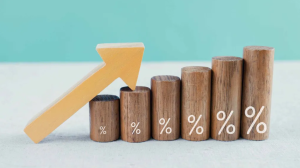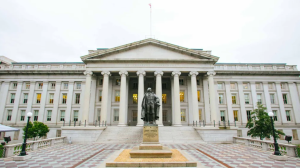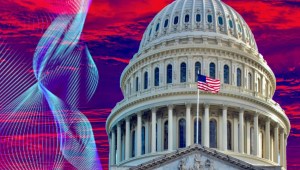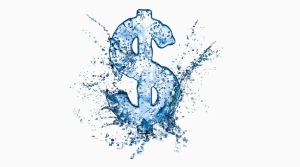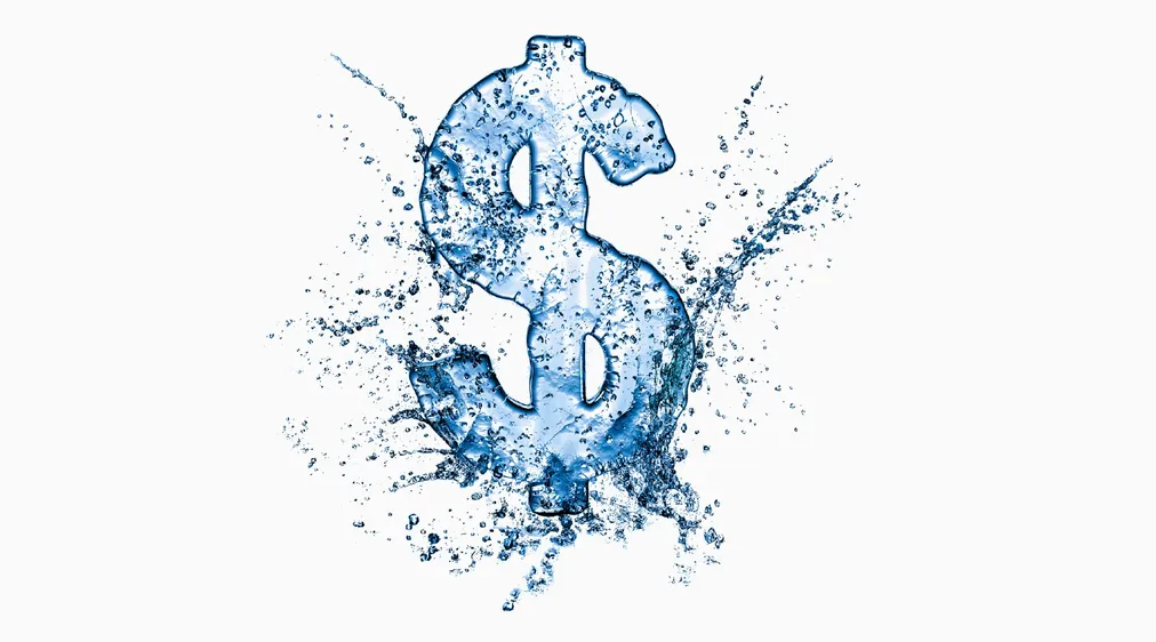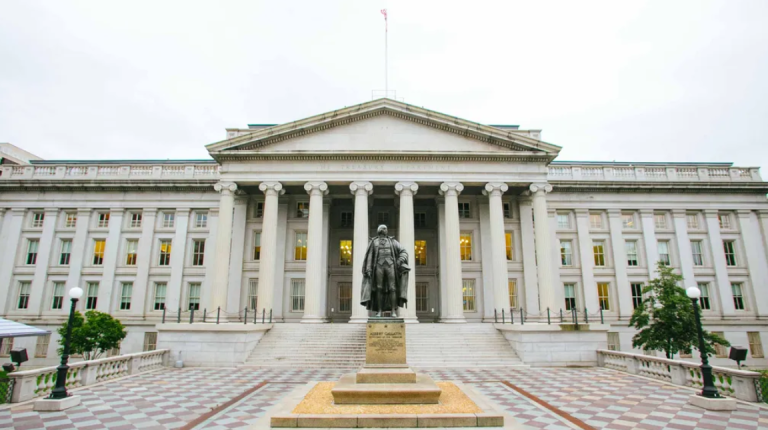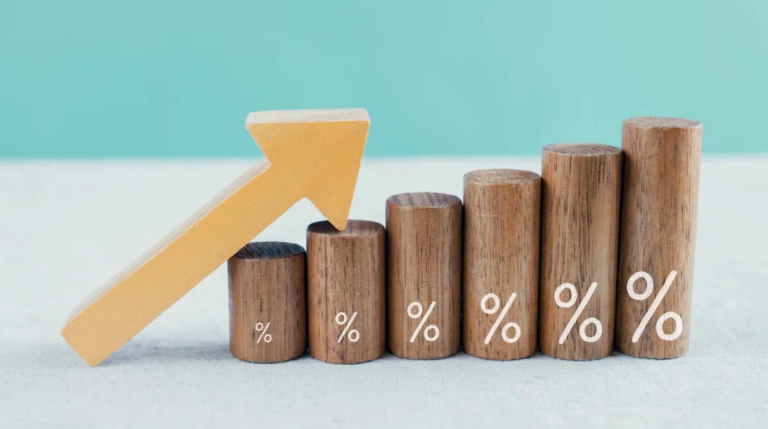The Crucial July CPI Report
The Consumer Price Index (CPI) is a key indicator of inflation, providing valuable insights into the economic climate. July’s CPI report is particularly significant, as it reveals much about the nation’s current and future financial health. Here, we delve into what leading economists have to say about the July CPI report’s findings.
- A Notable Increase in Prices
One striking takeaway from the July CPI report is the noteworthy increase in prices across various sectors. Economists concur that factors like rising energy costs and supply chain disruptions have played a pivotal role in driving these price hikes.
- The Transitory or Persistent Debate
A central point of contention among economists is whether this inflationary surge is transitory or a sign of longer-lasting price increases. The debate largely hinges on factors such as the reopening of the economy and increased consumer demand.
- Impact on Household Budgets
The CPI report underscores the challenges facing American households. Economists warn that rising prices can erode consumers’ purchasing power, necessitating adjustments in budgeting and spending habits.
- Implications for the Federal Reserve
The Federal Reserve’s response to inflation is a topic of keen interest. Economists opine on whether the Fed will adjust its monetary policy, including the possibility of raising interest rates, to curb inflation’s impact.
- The Role of Supply Chain Disruptions
Economists emphasize that ongoing supply chain disruptions, both domestic and international, are a key contributor to inflationary pressures. They explore how these disruptions affect prices and when normalcy might return.
- Housing and Rent Prices
Housing and rent prices are significant components of the CPI, and experts analyze their trajectories. They discuss the factors driving price increases in these areas, particularly in the post-pandemic housing market.
- Inflation’s Impact on Investments
Economists offer insights into how inflation can affect investment strategies. Some suggest that certain asset classes, like real assets or Treasury Inflation-Protected Securities (TIPS), may be appealing in an inflationary environment.
- The Labor Market
The labor market is inextricably linked to inflation. Economists examine how inflation affects wage growth, job markets, and labor force participation rates.
- Policymakers’ Responses
Government policymakers have a critical role in managing inflation. Economists explore the potential strategies policymakers might employ to mitigate the impact of rising prices.
- Strategies for Households and Businesses
Lastly, economists provide practical advice for households and businesses to navigate an inflationary environment. This includes suggestions for investment, budgeting, and decision-making to protect and enhance financial well-being.
Conclusion: Navigating Uncertainty Through Insights
The July CPI report paints a complex picture of the U.S. economy, with multiple factors contributing to rising prices. Leading economists offer varying perspectives on the transitory or persistent nature of inflation, its impact on households and investments, and the strategies needed to address these challenges. As we navigate these uncharted waters, the insights from economists are invaluable, guiding both individuals and businesses to make informed decisions in an evolving economic landscape.
